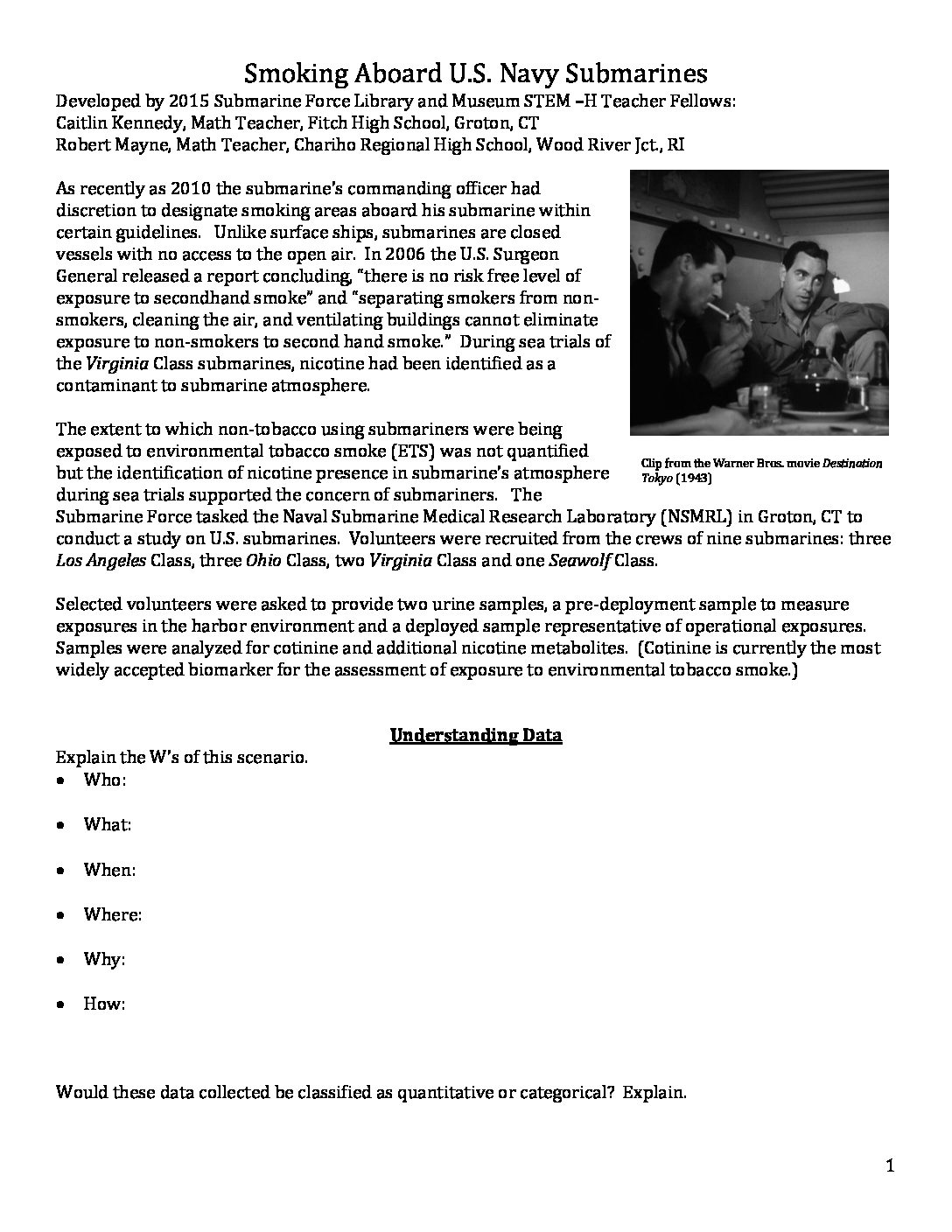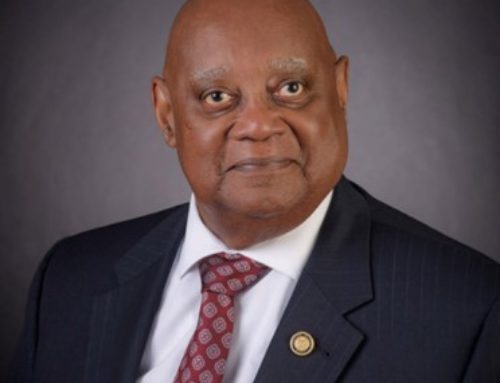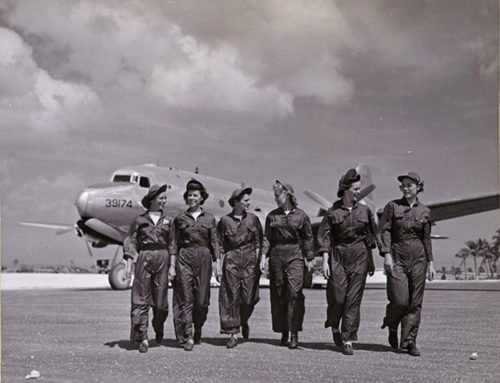The first few months of 1989 were supposed to be full of good news for USS TENNESSEE (SSBN-734). Commissioned on 17 December 1988, the ballistic-missile boat soon set off on a journey to Kings Bay, Georgia. On 15 January, throngs of local residents turned out under a flawless blue sky to welcome the boat, the first submarine to be homeported at the base. Those who had never seen a “boomer” in person were duly impressed—“Now I know what $1.4 billion looks like in the flesh,” commented one onlooker. A navy band played, tugboats sprayed streams of colored water, and, the following day, crewmembers were treated to a barbecue put on by the local chamber of commerce.
Tuesday, 21 March, was to be another triumphant day for TENNESSEE as she became the first submarine to launch the 130,000-pound TRIDENT II (D-5) missile. The weapon, which carried a price tag of nearly $24 million per piece, had been in development for eight years and had already been launched successfully on land fifteen times. But its first waterborne launch would not go well. At 1120, TENNESSEE loosed the missile, which burst into the air, ignited its first-stage rocket motor—and then pinwheeled into the water. It was airborne for a total of four seconds. Fortunately the D-4 carried no warhead and its flaming debris damaged neither the sub below nor the support vessels on the surface. Within days, the culprit had been identified: a faulty nozzle in the first-stage motor. Back to the drawing board the engineers went.
On 2 August, TENNESSEE was ready to try again. At 1100, she sent a second D-5 shooting into the air. This one behaved perfectly, traveling an undisclosed distance to a target far down the tracking range. “From all indications, everything has been successful,” said Submarine Group 6 commander Rear Admiral Arlington Campbell.
Congratulations also came from an unexpected well-wisher: a Soviet trawler that had been monitoring the launch from a safe distance. “My best regards to the skipper of the sub,” the Russian captain radioed.

The nearly-completed TENNESSEE supports her soon-to-be-commissioned sister sub, USS NEVADA (SSBN-733)


